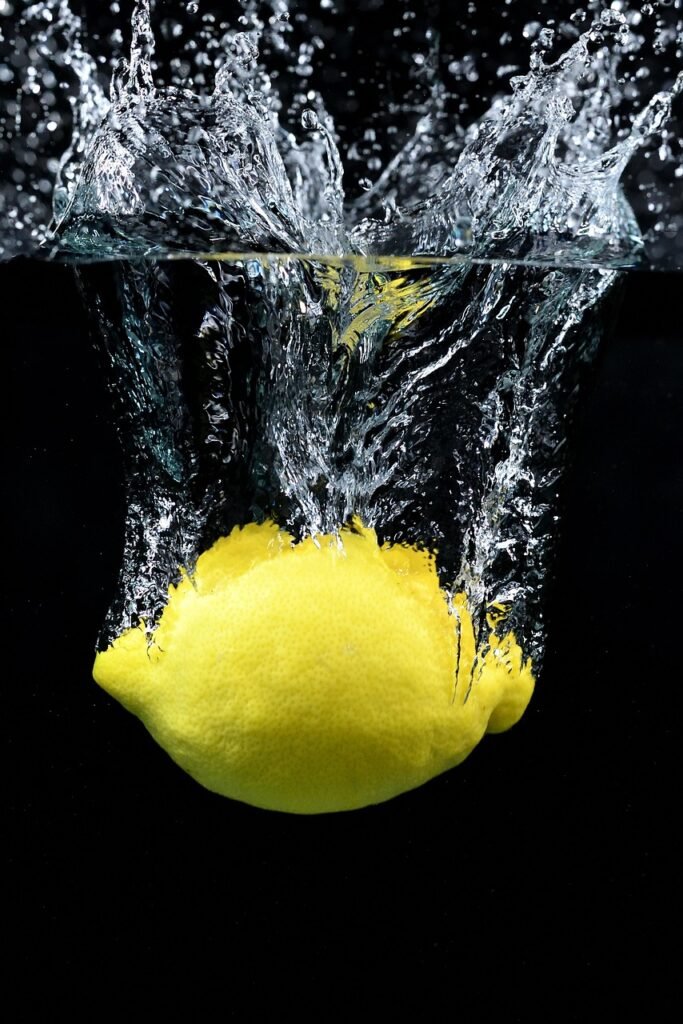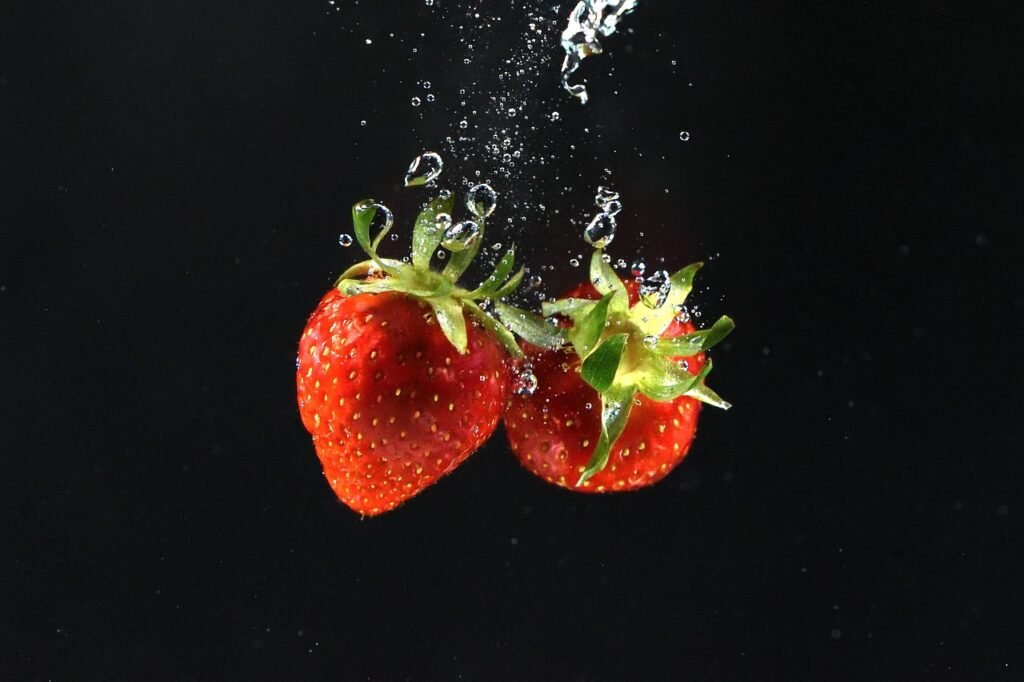Have you ever thought about how a cold plunge before bedtime might change your sleep game?
Understanding Cold Plunges
Cold plunges aren’t just for the brave souls who challenge themselves in icy waters; they offer numerous benefits, especially when incorporated into your pre-bedtime routine. Imagine stepping into a tub of chilled water, feeling a rush of invigorating cold that not only awakens your senses but also prepares your body for rest.
The Science Behind Cold Plunges
When you immerse yourself in cold water, your body undergoes a fascinating physiological response. Blood vessels constrict, which helps reduce inflammation, and your body releases adrenaline, giving you a temporary surge in energy. But here’s the kicker: once you transition back to a warmer state, your body starts to relax, leading to decreased heart rate and preparing you for sleep.
The Do’s of Using a Cold Plunge Before Bed
Using a cold plunge before bed can be a game-changer for you, provided you follow some best practices. Here are the essential do’s to make the most of your cold plunge experience.
Do Prepare Your Body
Before slipping into the cold water, it’s crucial to prepare yourself. Take a moment to breathe deeply and center your mind. You can even do a quick warm-up exercise to get your blood flowing. This increases your body temperature slightly, making the sudden drop into cold water feel more manageable.
Do Keep it Short and Sweet
When it comes to cold plunges, duration matters. A plunge lasting about 3 to 10 minutes is usually sufficient. You want to feel the effects without pushing your body too far. Prolonged exposure can lead to discomfort, or even hypothermia in extreme cases.
Do Incorporate Breathing Techniques
Breathing techniques can enhance your experience in a cold plunge. Try taking slow, deep breaths in through your nose and out through your mouth. This not only helps you manage the shock of the cold but also prepares your body for relaxation afterward.
Do Follow Up with Warmth
After your cold plunge, it’s a great idea to gradually warm yourself up. You can step into a warm shower, wrap yourself in a cozy blanket, or have a warm beverage. The transition between hot and cold is essential for helping your body acclimate and enhancing the relaxation response.
Do Stay Hydrated
Hydration is crucial, especially when engaging in activities like cold plunging. Ensure you drink enough water before and after your plunge to maintain optimal hydration levels. Cold exposure can be dehydrating, so keeping a water bottle nearby is a smart move.

The Don’ts of Using a Cold Plunge Before Bed
While there are several positive aspects to cold plunging, it’s equally essential to be aware of what to avoid. The wrong approach could be counterproductive for your sleep routine.
Don’t Overdo It
As exhilarating as cold plunges can be, overdoing it can lead to adverse effects. It’s essential to listen to your body; if you’re shivering uncontrollably or feel numbness, it’s time to get out. Start with shorter sessions to gauge your comfort level, and gradually increase the duration if you feel up to it.
Don’t Jump In Without Getting Acclimated
If you’re new to cold plunging, diving straight in can be shocking to your system. Start with a lukewarm bath to acclimate your body before transitioning to cold water. This gradual approach can make the experience far more enjoyable and beneficial.
Don’t Use Cold Plunges as a Sleep Aid Alone
Cold plunges can be a wonderful part of your sleep routine, but they shouldn’t be your sole strategy to improve sleep. Make sure to maintain a balanced bedtime routine, including practices like meditation, reading, or gentle stretches, to cultivate a peaceful environment conducive to sleep.
Don’t Ignore Underlying Conditions
If you have certain medical conditions—such as cardiovascular problems, asthma, or pregnancy—consulting a healthcare professional before incorporating cold plunges into your routine is a wise decision. It’s always better to err on the side of caution.
Don’t Use Cold Plunges Immediately Before Bedtime
Timing can be everything when it comes to cold plunges and sleep. It’s advisable to give yourself at least 30 to 60 minutes between your cold plunge and bedtime. This allows your body enough time to adjust to a state of relaxation and ensures you’ll drift off peacefully.
Timing Your Cold Plunge
The timing of your cold plunge holds significant importance. When used strategically, it can help set the mood for a calming night ahead.
Best Times for Cold Plunges
While you may think that cold plunges are best suited for early mornings to boost your energy levels, they can also serve a unique purpose in your nightly routine. Here’s how to time it just right.
Evenings: A Cool Down Routine
Aim to do your cold plunge sometime between 30 minutes to two hours before you turn in for the night. This gives your body ample opportunity to experience the relaxing effects of the plunge.
Timing Considerations
Your lifestyle can significantly affect when to take a cold plunge. If you often find yourself caught up in late-night activities, consider scheduling your plunge earlier in the evening. This way, you’re more likely to unwind after a busy day, setting the stage for a smoother transition to sleep.

The Benefits of Cold Plunges Before Bed
You might still be wondering whether it’s worth it to include cold plunges in your nighttime routine. Here are some notable benefits worth considering.
Enhanced Sleep Quality
Studies suggest that cold exposure can improve sleep quality by decreasing your core body temperature, signaling to your body that it’s time to rest. The lower temperature can lead your body to offer a more restful night of sleep.
Reduced Stress and Anxiety
The shock that comes with a cold plunge can trigger a release of endorphins and other feel-good hormones, aiding in reducing stress and anxiety. If your mind races with thoughts as you prepare for sleep, a cold plunge might just be the reset button you need.
Improved Recovery
Athletes often swear by cold plunges for their muscle recovery benefits. Even if you’re not a professional athlete, engaging your muscles in a cold plunge may aid in quicker recovery from workouts or everyday strains, allowing you to wake up feeling refreshed.
Enhanced Circulation
Stepping into cold water prompts your body to react by improving blood circulation. Better circulation can help your body recover quicker and may even promote healthier skin and improved metabolic function.
Alternatives to Cold Plunges
If the thought of plunging into icy water sounds less than appealing, there are alternatives that can still provide similar benefits.
Cold Showers
Taking a cold shower can offer you some of the same advantages as a cold plunge without requiring you to commit to a full body immersion. Aim for a shower temperature that’s noticeably cooler than your regular warm shower to experience these benefits.
Ice Packs or Cold Compresses
For a localized approach, using ice packs or cold compresses on pulse points like your wrists or neck can help to cool your body down and trigger similar physiological responses. This can be a gentler option if jumping into cold water feels too daunting.
Cryotherapy
If you’re looking for a more high-tech option, cryotherapy involves stepping into a chamber where cold air circulates around your body. While it might be more costly, this method promises many of the same recovery benefits as cold plunging.

Common Myths About Cold Plunges
As you start to consider incorporating cold plunges into your routine, it’s essential to bust some common myths that may be floating around.
Myth: Cold Plunges Are Only for Athletes
You don’t have to be an athlete to enjoy the benefits of cold plunging. Everyone can take advantage of the recovery and relaxation benefits it offers. Whether you’re an office worker, a busy parent, or a retired individual, the cold plunge can be for you.
Myth: Cold Plunges Are Dangerous
While safety precautions are indeed important, cold plunges aren’t as dangerous as they may seem. Millions of people around the world use cold exposure as a way to refresh themselves and improve their overall wellness. Just take the necessary precautions and listen to your body.
Myth: You Need to be Healthy to Cold Plunge
Even if you have certain health conditions, it doesn’t mean that cold plunging is entirely off the table. The key is to consult with a healthcare professional to determine the best approach for your specific needs.
Final Thoughts
Now that you have a comprehensive understanding of the do’s and don’ts of incorporating a cold plunge into your bedtime routine, it’s time to put this knowledge into action. Around bedtime, embrace the invigorating chill of a cold plunge, but be sure to listen to your body, and don’t skip following the guidelines.
Imagine waking up rejuvenated, ready to seize the day after a night of excellent sleep, all thanks to taking the plunge—literally! You might find that this simple act has a profound effect on your overall well-being. So, what are you waiting for? Go ahead and give it a try.

